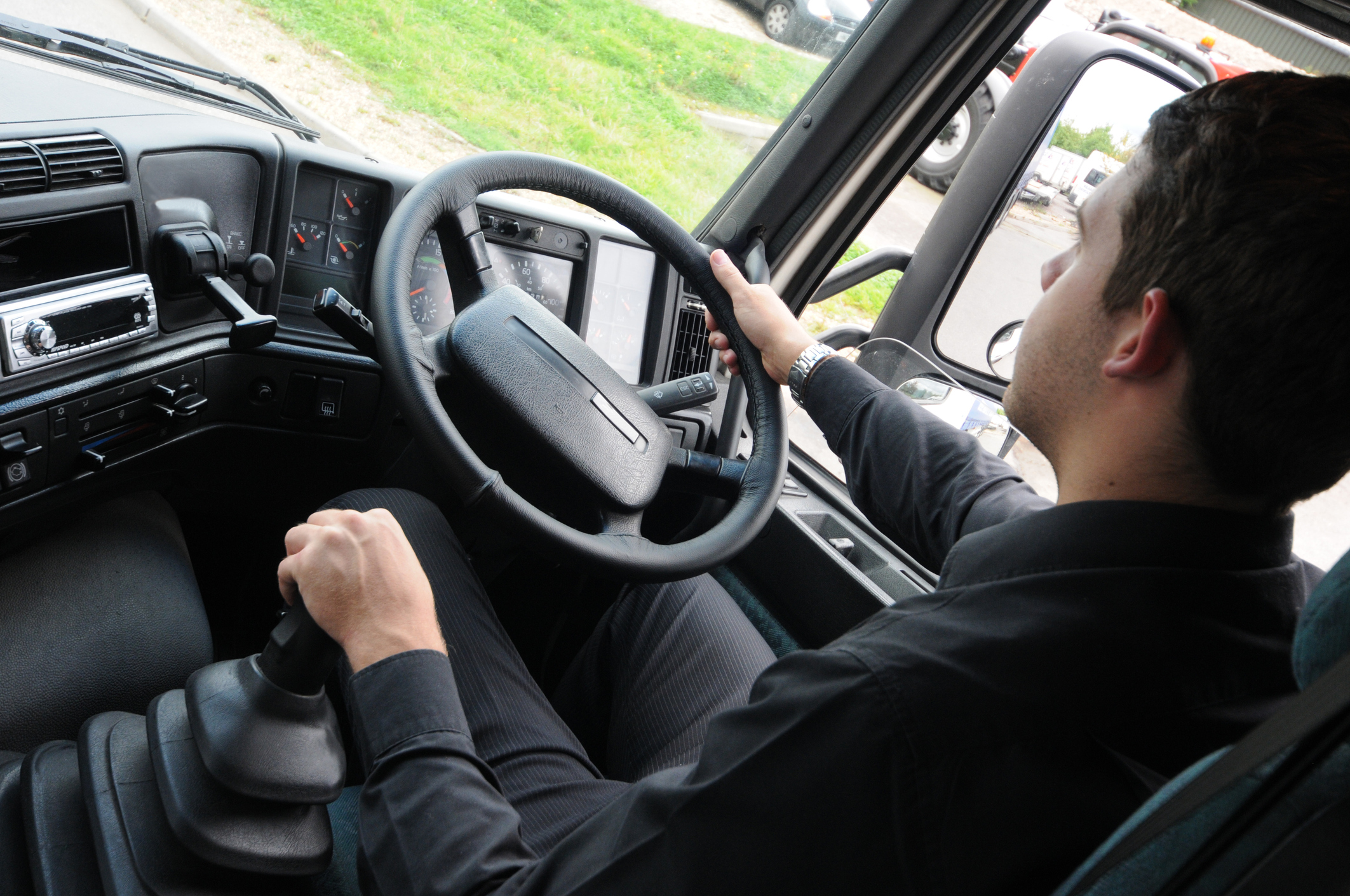Transport for London (TfL) has released interim direct vision star ratings for Euro VI Heavy Goods Vehicles (HGVs) as part of the development of its proposed Direct Vision Standard (DVS).
 The DVS will be the first initiative of its kind to categorise HGVs depending on the level of a driver's direct vision from a cab. HGVs will be given a rating between 'zero-star' (lowest) and 'five-star' (highest), with only those vehicles rated 'three-star' and above, or which have comprehensive safety systems, allowed to operate in London from 2024.
The DVS will be the first initiative of its kind to categorise HGVs depending on the level of a driver's direct vision from a cab. HGVs will be given a rating between 'zero-star' (lowest) and 'five-star' (highest), with only those vehicles rated 'three-star' and above, or which have comprehensive safety systems, allowed to operate in London from 2024.
The development of the proposed Direct Vision Standard forms part of the Mayor of London and TfL's Vision Zero approach to reducing road danger. Research by TfL shows that during 2014 and 2015, HGVs were involved in disproportionately high numbers of fatal collisions with cyclists (58%) and pedestrians (22.5%) on London's streets, despite only making 4% of the miles driven in the capital.
Industry views have helped TfL shape the proposals which now include plans for an HGV safety permit scheme based on the DVS ratings, and industry-recognised safety systems to reduce road danger.
If approved, the proposals will require all HGVs over 12-tonnes to hold a safety permit to enter or operate in the capital from 2020. Those rated 'one star' and above would automatically be granted a permit, while those rated 'zero star' (lowest) would have to include specific, recognised safety systems such as sensors, visual warnings and comprehensive driver training, before a permit is granted. The safety permit scheme would evolve over time, taking into account advances in technology.
It is proposed that from 2024 only those rated 'three star' and above, or which have an advanced safety system, would be allowed on London's streets.
Alongside developing the Direct Vision Standard and the proposed safety permit scheme, TfL is also lobbying the European Commission for changes in international vehicle safety and design regulations to push for long-term improvements to future HGV fleets.
Alex Williams, TfL's Director of City Planning said, “Businesses across the capital need HGVs to operate, however the number of deaths involving HGVs is unacceptable. The industry has already made significant advancements to safety and has been very keen to support the work we are doing to go even further and develop the Direct Vision Standard. Alongside the Mayor, we are committed to ridding London's streets of dangerous vehicles and are taking a Vision Zero approach to road danger. We welcome the industry's feedback on our latest proposals for the Direct Vision Standard as we work together to improve vehicle safety.”
It’s interesting that the responsibility for reducing accidents is always put on the vehicles. Perhaps better training for cyclists might be helpful or a public information campaign to encourage pedestrians to look where they are going rather than at their smartphones.